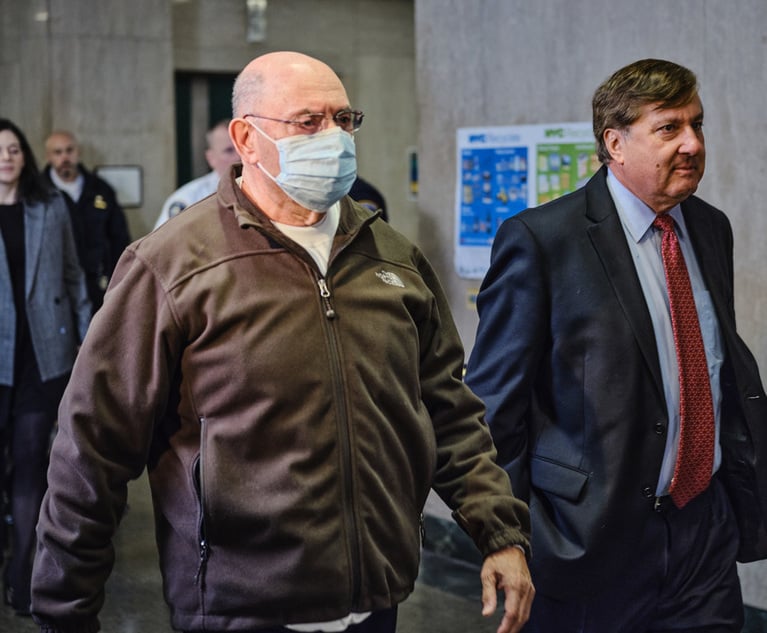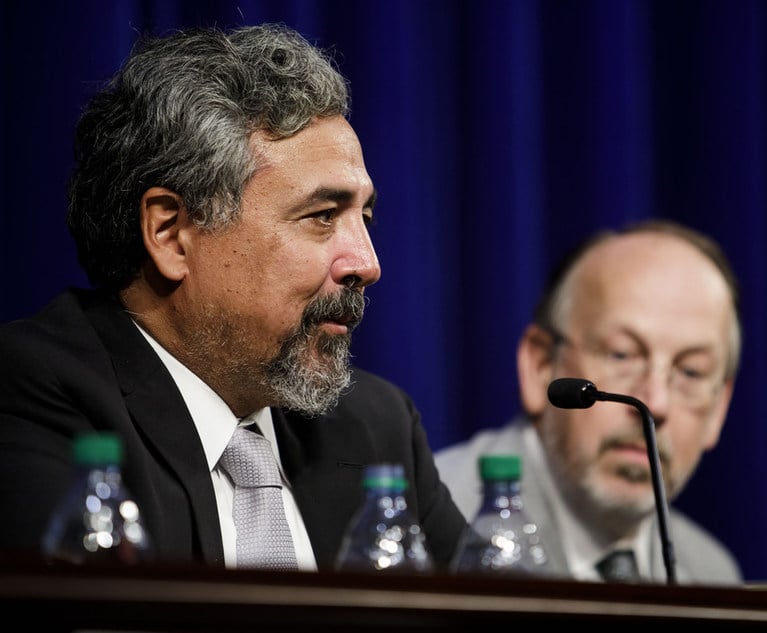 Michael Rikon
Michael Rikon
Article 2 of New York’s Eminent Domain Procedure Law sets forth the prescribed way that property is to be acquired by eminent domain. EDPL §201 provides that there must be public hearings for both state and non-state takings at a location reasonably proximate to the property. It is essential that notice be given by publication and by personal service or certified mail, return receipt requested, to each assessment record billing owner or his or her attorney of record, as required by §202.






